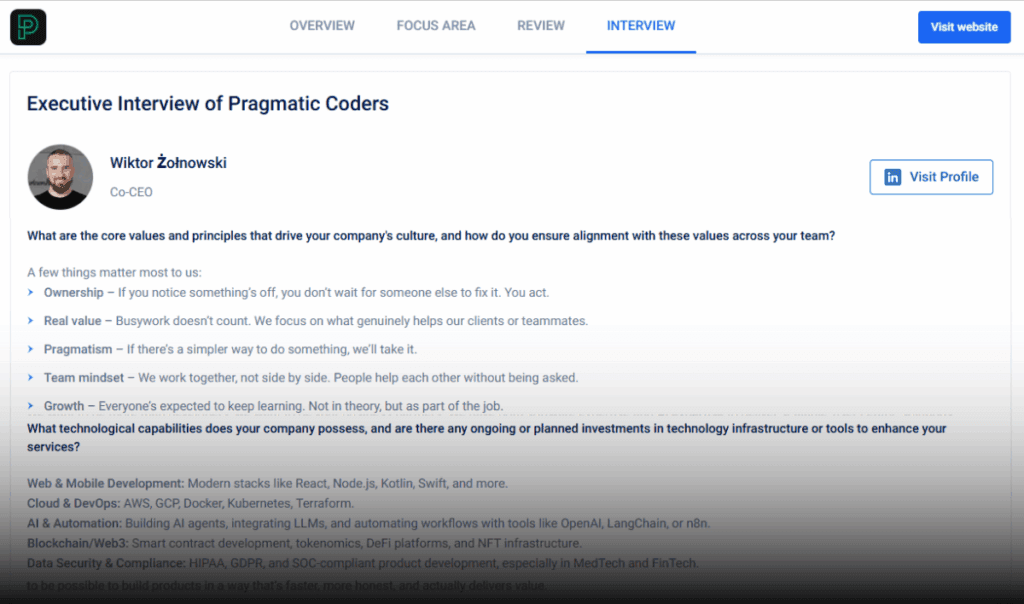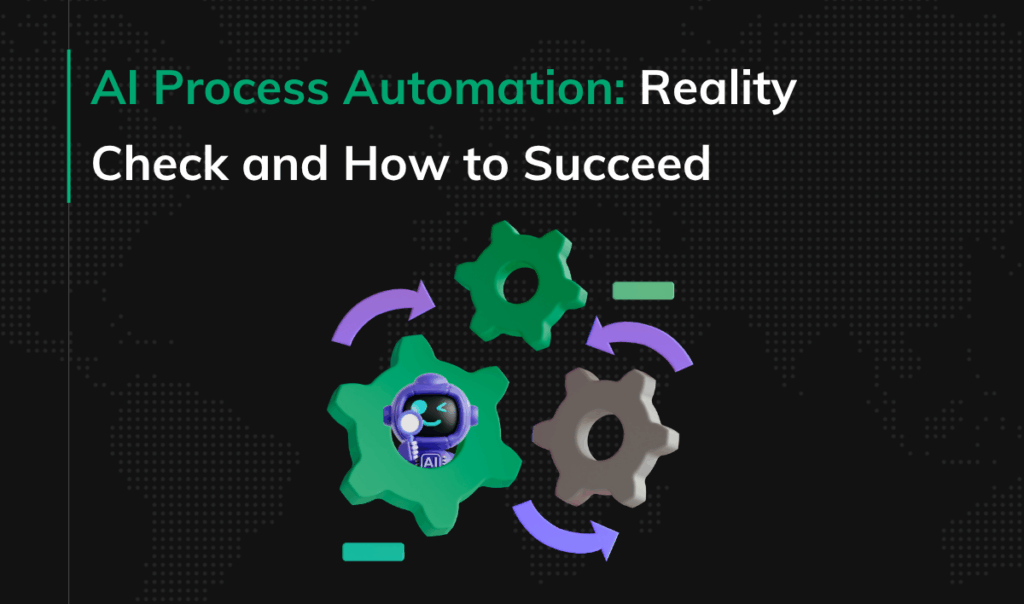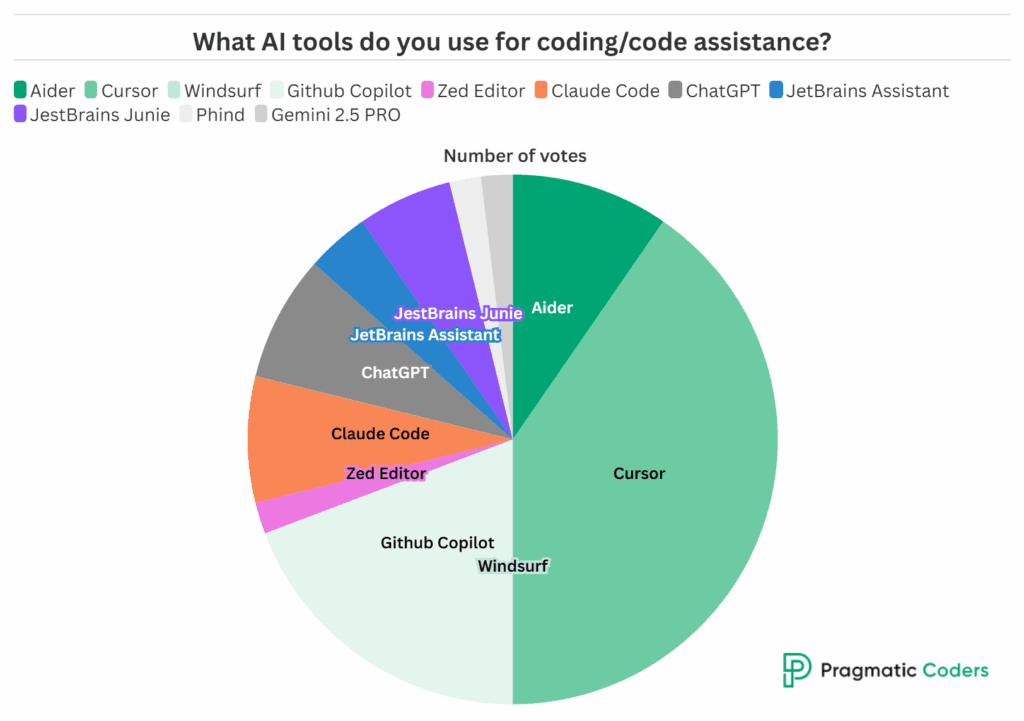What is the Product Development Framework, and why do you need it?
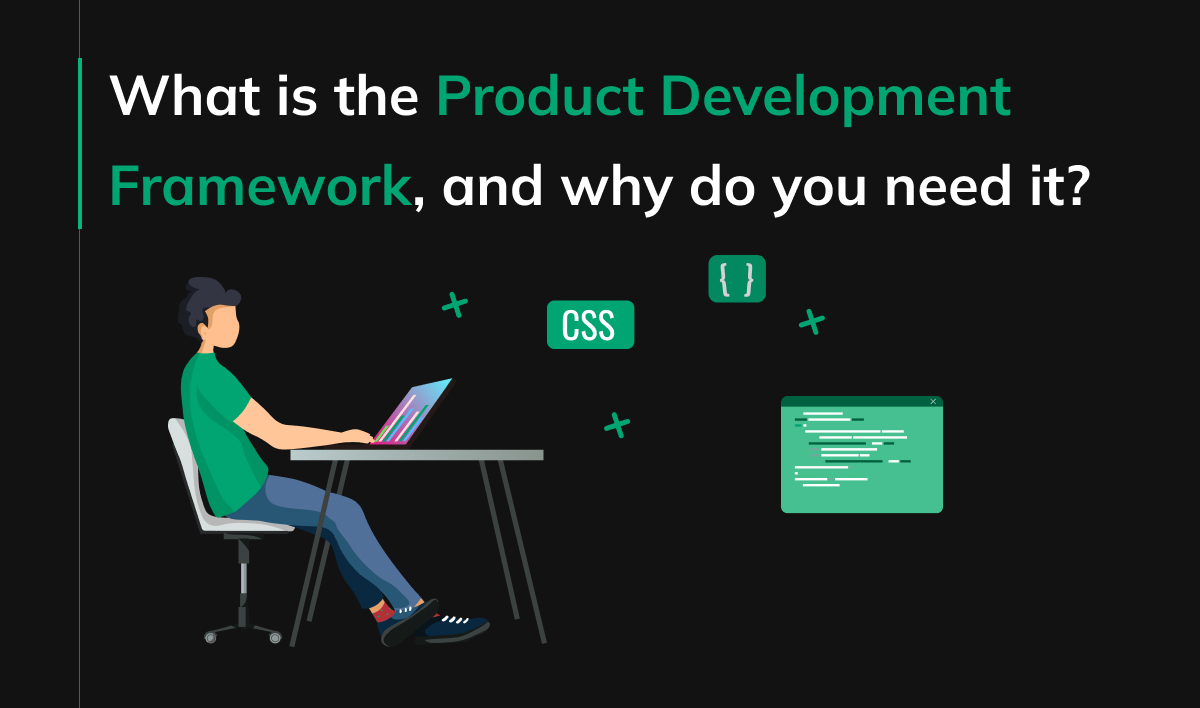
You’ve heard a lot about product development strategy and product management. You’ve read or been told that this is an essential part of every startup. So, you started digging. And then out of a sudden, the term “product development framework” popped out. But what is it? How is it different from the strategy? Where is its place in the entire product management? Those are the issues nobody cared to explain. Up till now.
We hope that after reading this article, the difference becomes obvious. And you will be ready to start thinking about your own product development framework.
Why do I need a product development framework and/or strategy?
Tom’s story – part 1
Let’s drift away from the business for a while and introduce you to Tom. Tom wants to go on some pretty awesome holidays with his friends. He’s just contacted a few of them with the idea that went pretty much as follows: “Hey Dude! I have this idea to go on the most awesome holidays in our lives. I really want to spend some time with you and chill. What do you think?”. To nobody’s surprise, everyone seemed interested. But then they started asking basic product management questions. Pretty simple ones like:
- Where do you want to go?
- When?
- How much is it going to cost?
Tom didn’t have answers to any of those. He just had this awesome idea that everybody should love. Tom was surprised that nobody had joined him. Are you?
The same goes for building a startup; it all starts with a vision. THE vision if you prefer. But you don’t want it to end just there. You want to see your vision go live and succeed, don’t you?
Yet, there is a vast difference between planning holidays and building a startup. When you plan holidays, you don’t put money, reputation, and other people’s involvement at stake. Or at least not as much money as when starting a new company. Holidays can go wrong, and no one’s going to remember that in ten years. If you invest your friends and family money in a company that fails, you might have neither friends nor family in ten years.
It helps vision become a viable product.
And this is precisely where a product development framework is necessary. It helps vision become a viable product. A product management framework is the best way to predict and avoid pitfalls that aren’t obvious at first sight. Product development frameworks help you plan better and allocate resources where you need them most. When you already know what you want to build, a product development strategy enables you to figure out how to make it. This is are basics of product management.
However, you need to remember that building a strategy starts with a framework. Just like with everything else in life, you need to have your foundations first.

What is the product development framework?
So, what is it? The product development framework is a good place to start when crafting your product strategy. It provides you with all the important questions. How does it work?
Tom’s story – part 2
Let us go back to Tom. His friends were interested at first. They just wanted more information. This means that there actually was a demand for his idea. Lucky Tom. What scared them away, in the end, was the fact that Tom was utterly clueless. He didn’t have anything besides his vision. Don’t be like Tom. Be prepared to answer questions about your idea.
Obviously, when creating a new product or service, the list of questions is a bit longer. Let’s have a quick look at it. We will discuss them one by one later on.
The questions to ask when working on a product development framework:
- What is my product?
- Who is my ideal customer?
- What is the market for this product?
- What makes my product stand out?
- What are my business goals?
- Do I need help?
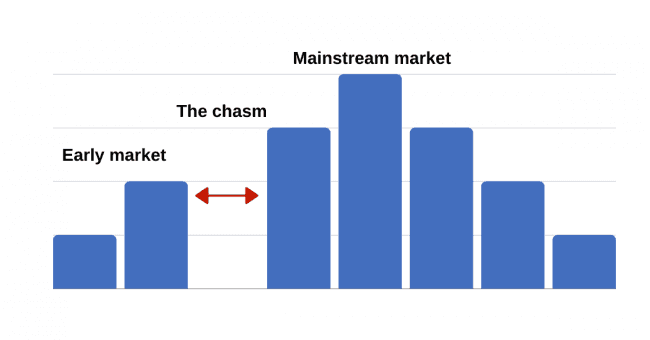
Geoffrey Moore beautifully summarizes the first four in his book “Crossing the Chasm“:
“For (target customer) who (need statement), the (product/brand name) is a (product category) that (key benefit statement/compelling reason to buy). Unlike (primary competitor alternatives), (product/brand name)”.
Product development frameworks examples.
How to make it work for you? Here are some examples of well-known brands. Let us quote one for Amazon Web Services:
“For growing companies who need to control infrastructure costs as they grow, AWS is a cloud hosting service that is highly flexible. Unlike Google Cloud or Microsoft Azure, AWS offers a complete portfolio of cloud services.”
You know the basics now. It’s time to dig deeper.
What is my product?
This is the place for you to present your vision. Think about what you want to create. Think of the reasons behind your idea and the problems you want to solve. Be bold and creative. Share your idea with the world. Make people (or at least your business partners) understand how great it is. This is the place where there are no restraints (they will come later). This part should be relatively easy. After all, if you decide to start a business, you must believe in what you are trying to sell. You have your great idea that will disrupt the whole world of whatever your area of expertise is. After your success, things will never be the same. Let people feel your enthusiasm. Let them understand the greatness of your idea.
Who is my ideal customer?
You know what you want to build/sell. Now is the time to think about your ideal customer. In other words, who should be interested in your idea? This step is called building a persona. And while doing it, you should be as specific as possible. It is good to think about all the details, from basic ones like demographics to more complex ones like hobbies and interests, favourite books, movies, diet, etc.
Why do you need it? For starters, you need to plan your marketing. That’s the easiest answer—the easiest, but not the only one. Your persona should influence your UX decisions, design, packaging, etc. If your persona is an eco-freak, you should, by all means, avoid plastic. If they are busy professionals, you need to address their lack of time, but you will prefer to underline portability if they are backpackers. Those are elementary examples to help you grab the idea. We hope that the more you think about it, the more complex (and useful) examples and tips come to your mind.
In a nutshell, building a persona helps you identify your target market, and knowing the market is one of the crucial ingredients of success.
Who else is selling?
There is no market knowledge without knowing your competitors. Is there anything similar to what you are building already on the market? How is it doing? Is this product made by a large company with an enormous budget for marketing, or is the market dominated by small companies? How are you going to position your product? Is it going to be a budget solution? Is it going to be premium? It all matters a lot.
Those above are the very basic issues. However, you can also look at this from another angle. If you happen to make up something entirely new, the question you should ask yourself is: Why isn’t there anything like this on the market yet? Maybe there isn’t any demand for it? If you face this dilemma, it’s a good moment to come back to your persona and carefully consider her needs once again. But, it might also be the case that you are a new Mark Zuckenberg – creating something people soon won’t be able to imagine living without after they got it.
Why should people buy from you?
What is the difference between you and your competition? Why should people choose you over them? Sure, you are a lot cooler, but what else? Most startups offer smarter ways of doing things, but how is your product smarter than your competition? What’s the competitive edge? We think that those questions are all self-explanatory. After all, business is about selling and making money (and making the world a better place).
Our advice: don’t you dare start your business without knowing the answers to those questions. Seriously, just don’t.
What are your business goals?
In this section, you should think about what you want to achieve business-wise. What are your business goals, and how do you want to measure them? Is it going to be a number of visitors to your website? Maybe the number of subscriptions sold every month? Whatever you choose should be measurable (it’s only logical) and firmly set in time. Making them measurable allows you to check whether you are going in the right direction. Making them timebound lets you ensure that the pace is also right.
Remember that you don’t have to measure those in money. New businesses need time to break even. Take your time and let your KPIs be something different than just $$$ on your bank account.

Product development strategy vs product development framework
We can almost hear you asking: “Wait a minute! If what you described above is not a product development strategy, then what is?! Isn’t asking all those questions enough?!” Well… We are sorry, but it is not.
The simplest way to put it is that the product development framework is your “what?” and the product development strategy is your “how?”. Asking yourself all those questions mentioned in the previous chapter helps you clarify your vision. People are sometimes so consumed with their vision that they tend to ignore signals that it may not be so great after all. We already said it at the beginning; you or your product managers must validate your product strategy with real people – potential customers. Brainstorming over some clearly phrased questions is good to start when transforming a great vision into a great company. But, without stressing this enough, this is only a starting point.
Tom’s story – part 3
Shall we get back to our friend Tom and the holidays of his life one last time? Let’s assume he learned from his mistake and came back to his friends prepared. He knew where and when he wanted to go and knew his budget. But when he asked his friends about their preferences, he discovered that they didn’t have any spare time. They were interested in the core of his idea; they wanted to spend time with him, but at that moment, a long break was out of the question. What did Tom do? He thought for a while and invited them for dinner. He didn’t even get to planning the holiday. He spared time and resources. Instead, he asked his friends about their food preferences? You get this. He kept on validating his idea. Only then he start to plan the meal or, if you prefer, to develop his chilling strategy. They had a fantastic time together. After all, that was what he wanted most. Sure. That wasn’t his original idea, but if he wasn’t ready to listen to his friends’ needs, they wouldn’t meet at all.
The product development framework is your route and not the destination.
We are trying to tell you that the product development framework is your route, not the destination. You probably expect the statement that the product development strategy is your destination. Unfortunately, it is not.
Product development frameworks can be seen as tools for creating good strategies. It is your cheat sheet, your reference, and your help when building a solid step by step plan.
A strategy can be seen as a tool to create a good company. It is your cheat sheet, your reference, and your help when building a solid step by step plan.
A company can be seen as a tool to create a good life. It is your cheatsheet… Ehhh, that came too far.
Things to remember
The product development framework is the first step to create a product development strategy. Creating a product development framework consists of asking yourself the right questions. The more time and effort you invest BEFORE investing any money, the greater are your chances for a successful launch of your product or service. A product development framework is the ultimate mind map of what you want to achieve. You should build it together with your product managers or let them do it for you. When you have it ready, you can proceed to the next step and build a solid, actionable strategy.
The product development framework is a series of questions that help you clarify your vision for a product and should be created before any money is invested in the development of the product at the very beginning of your product development process. It is important to take the time to create a framework, as this will help you validate your product strategy with real people – potential customers. Brainstorming over some clearly phrased questions is good for product managers to start when transforming a great vision into a great company. But, without stressing this enough, this is only a starting point. The product development framework is your route and not the destination. A strategy can be seen as a tool to create a good company. It is your cheat sheet, your reference, and your help when building a solid step by step plan.
Remember that the product development framework is a great way to start your product development process.

